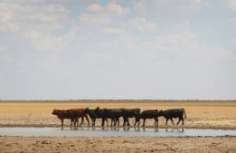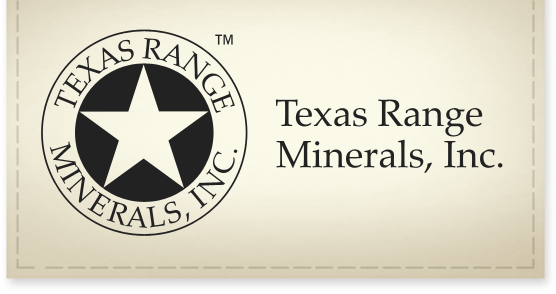The cheapest filler used in most range minerals is CALCIUM. Calcium is cheaper than salt. Why is all that calcium in your typical range mineral? A formula filler is any ingredient that takes up space in a mineral supplement formula and is not needed by the cattle. Most forages ― but especially western forages ― […]
Research shows improved performance in beef cattle when some of the trace minerals in a supplement are supplied in Chelated form. Here’s why: Chelated trace minerals are protected from antagonists in the rumen. Questions: What are the “antagonists”? Where do they come from? Calcium, iron, and sulfur, in excess, are most often the culprits. These […]
Stress in beef cattle is defined as “a nonspecific response of the body to any demand from the environment.” (Frazer et al.,1975; Selye,1976) Stress on cattle in a stocker operation comes from weaning, shipping, and processing. Stress on incoming cattle has affected nutrition, and that nutritional stress is impacting them physiologically. Weaning, shipping, and processing […]
Let me relate The Tale of the Vanishing Mineral. From 1998 to 2001 I took care of cattle for one of my customers in Shackelford County, Texas, NE of Abilene. Those were intensely dry years in our area. In 1998 the ranch manager was going to a planned grazing/rotational system. These were fall-calving cows and […]
It is the rancher’s business to see photosynthesis turn energy into forage and then, through rumination, watch that forage become beef that walks across the scales. Everything a rancher purchases seems always to go up in price. Seems that the rancher will never hear the words “Good news: price reduction!” Services, supplies, vaccines and […]
Mother cows not matched to an environment: that is one of the foremost problems I see while traveling the Southwestern United States for our industry. Brood cows that perform and produce in Missouri may not make it in the Davis Mountains of the Trans- Pecos Region of West Texas. Charles Goodnight had a very functional […]
Stress in beef cattle is defined as “a nonspecific response of the body to any demand from the environment.” (Frazer et al.,1975; Selye,1976) Stress on cattle in a stocker operation comes from weaning, shipping, and processing. Stress on incoming cattle adversely affects nutrition, and that nutritional stress will impact them physiologically. Think about what happens […]

Remaining in the cow calf business during intense drought is a challenge. How to keep your cow herd intact, avoid hammering your pastures and maintaining a positive bottom line is indeed a tough problem. If you wait to reduce numbers until conception rates drop then you have waited way too long to reduce numbers. You […]
Cattlemen every year lose millions of dollars to death loss and depressed production when grazing cool-season small grains, to a condition that is all too familiar: Frothy Bloat, or Primary Ruminal Tympany. In rumination, large volumes of gasses are produced through microbial fermentation of cellulose. Normally, the gasses are eliminated by the animal’s belching or […]

